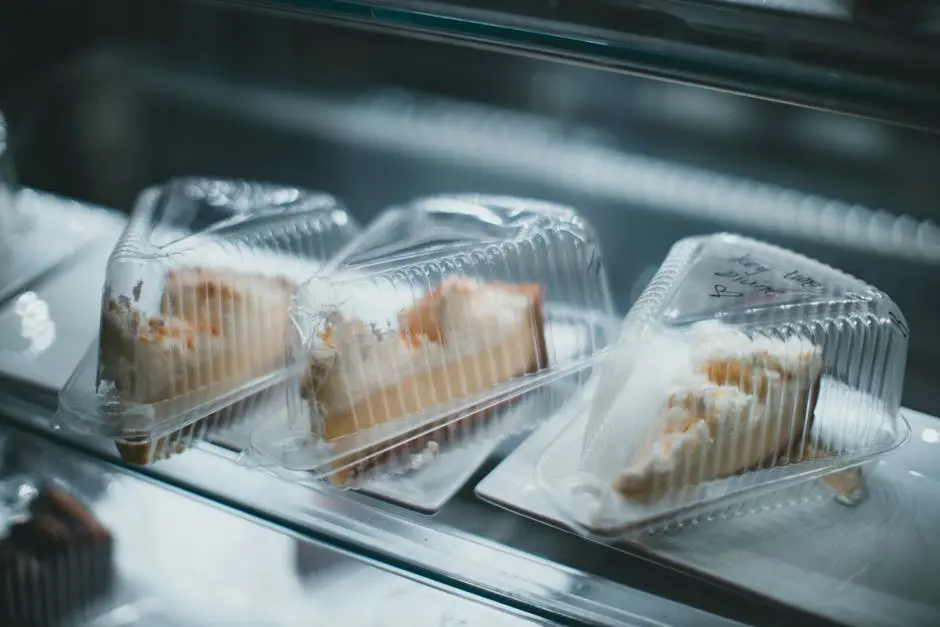Navigating the world of commercial refrigeration can be daunting, especially when unexpected problems arise. Whether you’re running a restaurant, a grocery store, or a catering business, understanding common refrigeration issues can help you maintain your equipment efficiently and avoid costly repairs. Let’s explore the most frequent problems and simple solutions to keep your refrigeration running smoothly.
1. Inconsistent Temperatures
Temperature fluctuations can lead to spoiled food and increased energy costs. Ensure your thermostat is functioning correctly and not blocked by any products. Regularly calibrating your thermostat and checking door seals can help maintain consistent temperatures.
Another common reason for temperature instability is placing the unit too close to heat-producing equipment. Ensure your refrigeration system has ample clearance from ovens or grills. This strategic placement can significantly lower the strain on the system, ultimately enhancing its efficiency. For more comprehensive details, you might want to check out resources on temperature regulation.
2. Ice Buildup in the Freezer
Ice accumulation can restrict airflow and reduce efficiency. Defrost your freezer regularly and check the door seals for any leaks. Installing air curtains can also prevent warm air from entering, reducing ice buildup.
It’s also worth noting that frequent opening and closing of freezer doors can increase humidity levels inside, contributing to ice buildup. Encouraging staff to be quick when accessing the freezer can help alleviate this issue. Consider investing in a smart monitoring system to receive alerts on humidity levels and door usage, allowing for timely preventive measures.
3. Strange Noises
Unusual sounds may indicate a failing compressor or fan motor. Investigate the source of the noise promptly to prevent further damage. Ensure all components are clean and secure, and consider consulting a professional if the noise persists.
Bear in mind that sometimes the noises stem from minor issues, like loose panels or components. Regular inspections can catch these minor problems early before they escalate into costly repairs. Learning how to identify different sounds and their potential sources can also save time. Check out this guide on identifying refrigeration noises for more insights.
4. Water Leaks
Water pooling around your refrigeration unit could be due to a clogged drain or damaged seal. Regularly clean the drain pan and check the seals for wear. Ensuring proper drainage prevents water damage and maintains efficiency.
Additionally, improper leveling of the refrigeration unit can also result in water leakage. Ensure the unit is set on a stable surface that is level with the ground. Making these structural adjustments can be a simple yet effective solution to avoid annoying and damaging leaks.
5. High Energy Consumption
Rising energy bills can be a sign of inefficiency. Regular maintenance, such as cleaning the coils and ensuring the unit isn’t overpacked, can improve performance. Upgrade to energy-efficient models where possible to reduce consumption.
Apart from routine maintenance, implementing an organized stock management system can make a significant difference. Ensure that the products are arranged in a way that doesn’t block airflow. Using efficient shelving can optimize space and energy use. This proactive step helps maintain optimal operation and conserve energy.
6. Compressor Short Cycling
Short cycling can result from electrical problems or refrigerant leaks. Check for any wiring issues and monitor refrigerant levels. An experienced technician can quickly diagnose and fix the root cause of this problem.
Notably, short cycling can also occur due to improperly sized refrigeration units. Ensure that your unit matches the demand of your business to avoid excessive compressor wear and tear. Reviewing your business’s cooling needs with a professional can help in determining the right unit size for your establishment.
Regular maintenance checks and timely technical assessments from experts can further mitigate short cycling risks. Contact us for expert consultation and to set up a prevention plan tailored specifically for your business needs.










